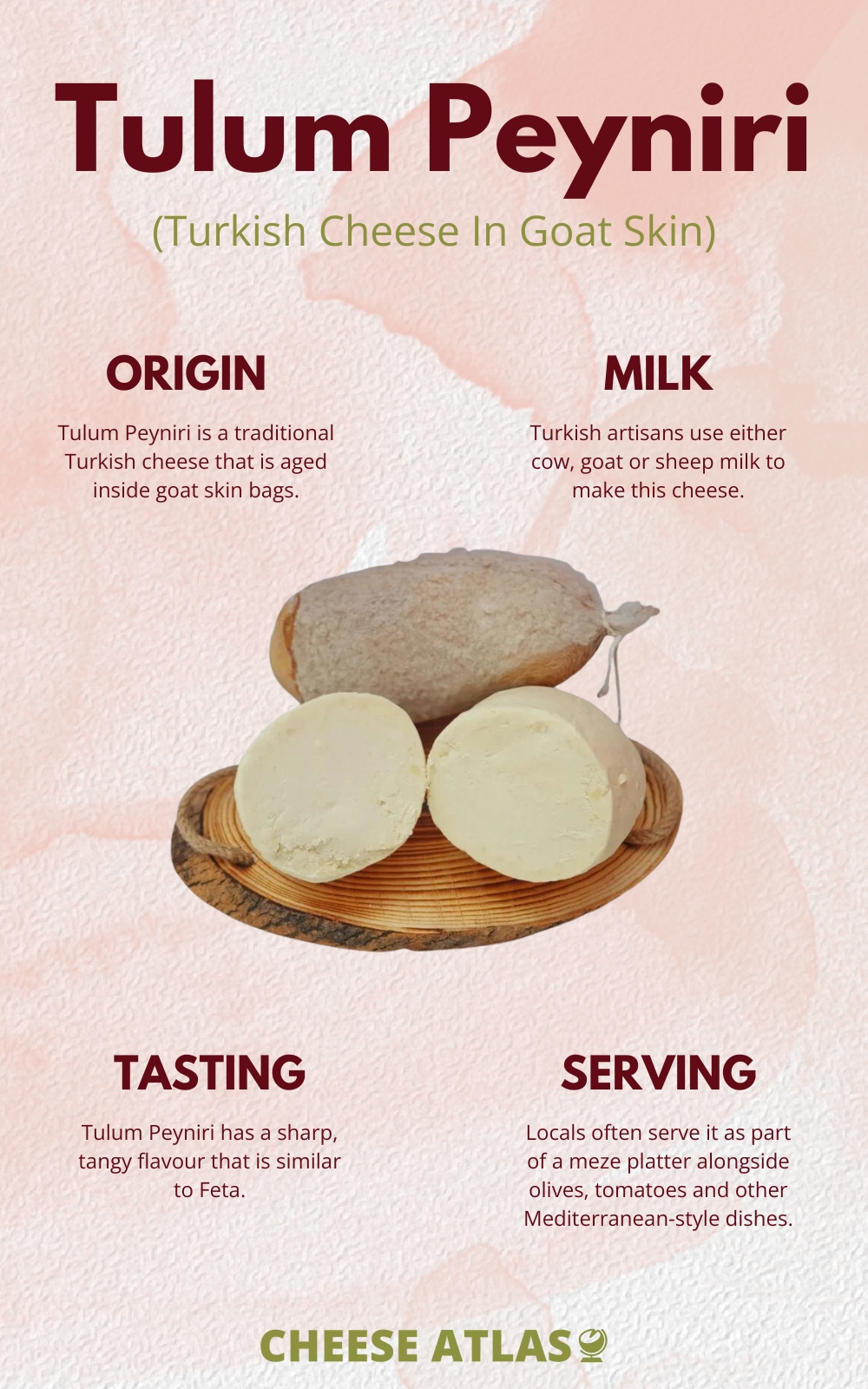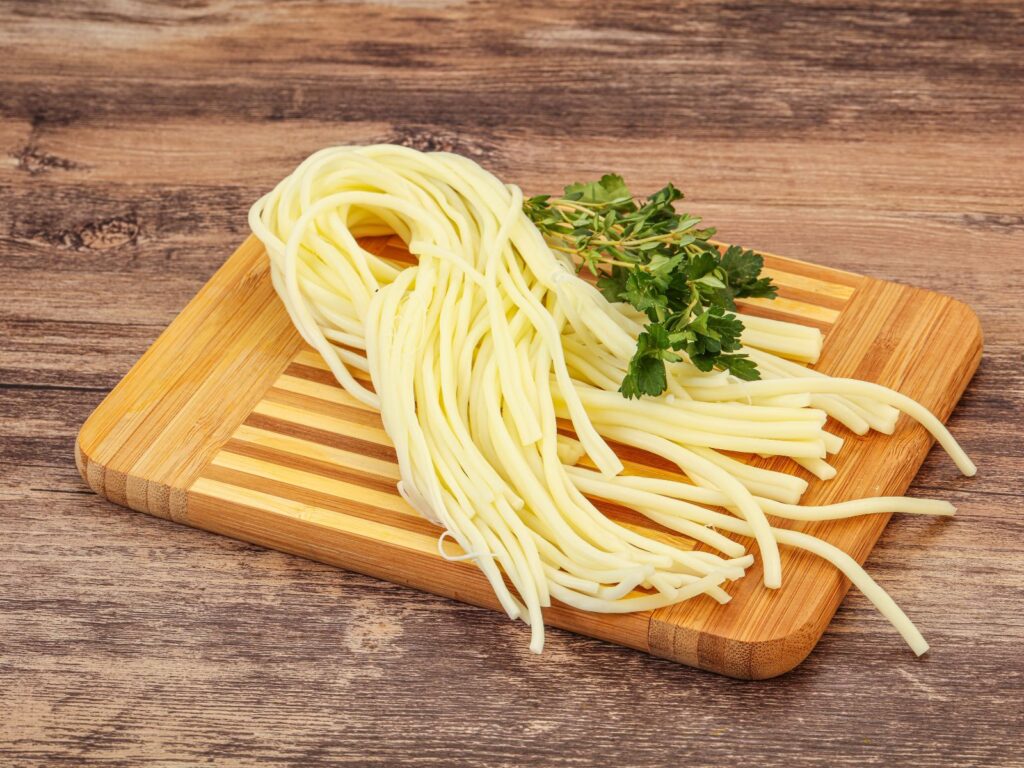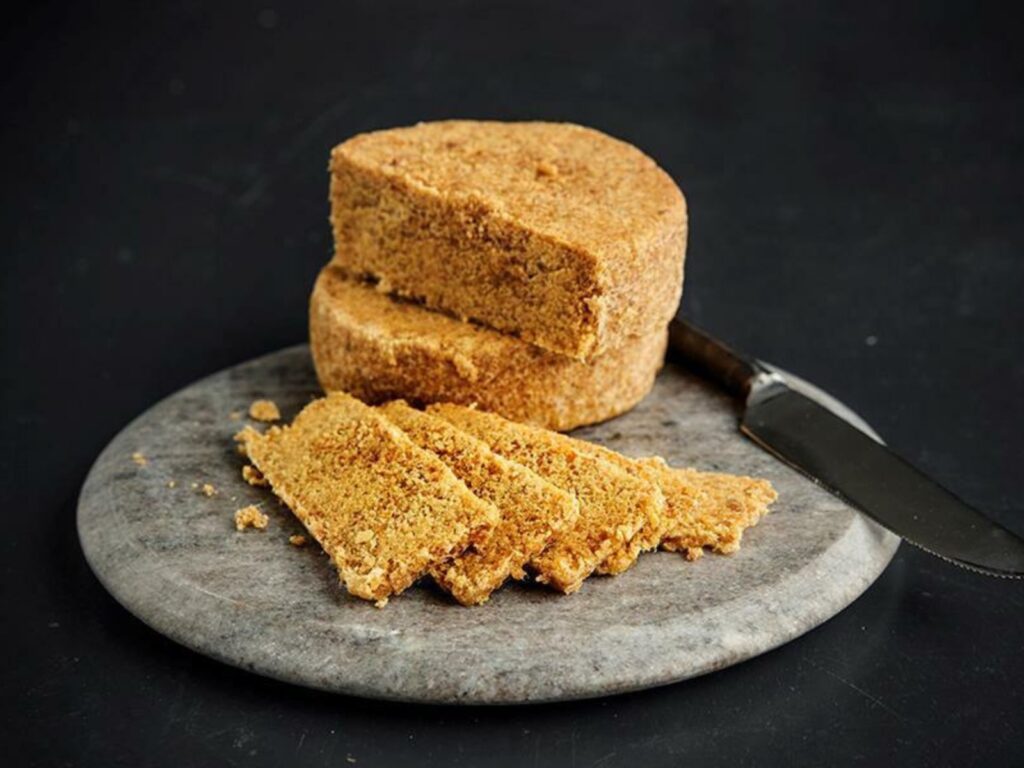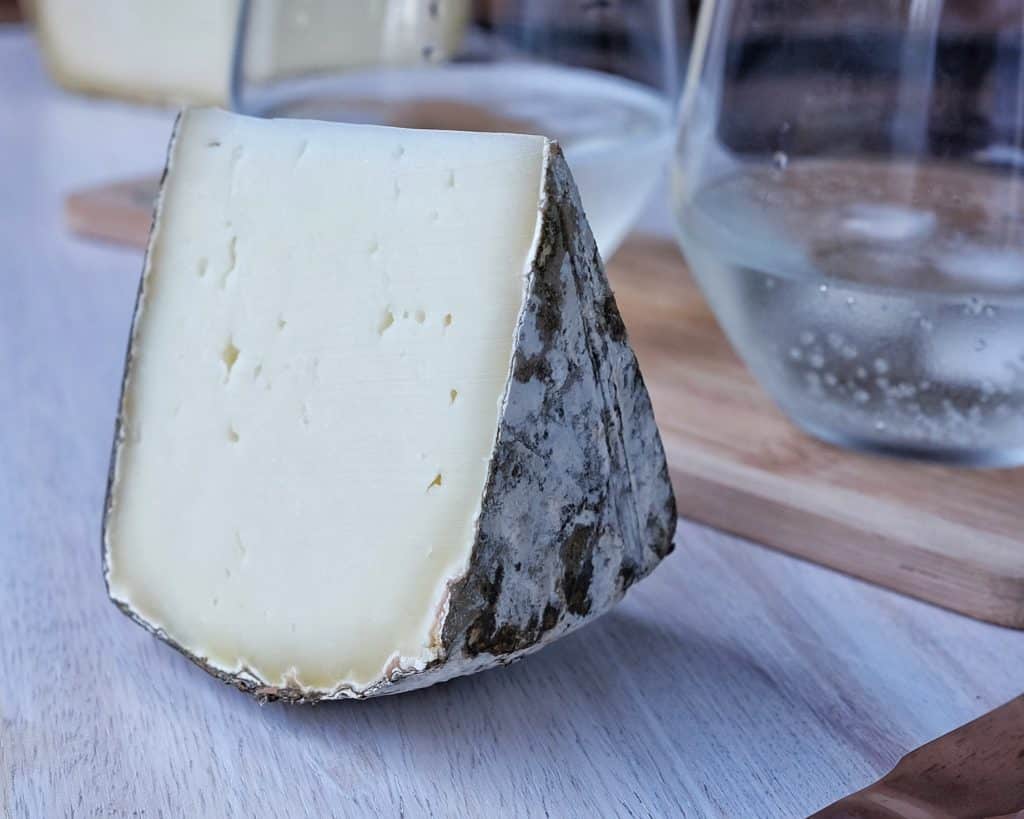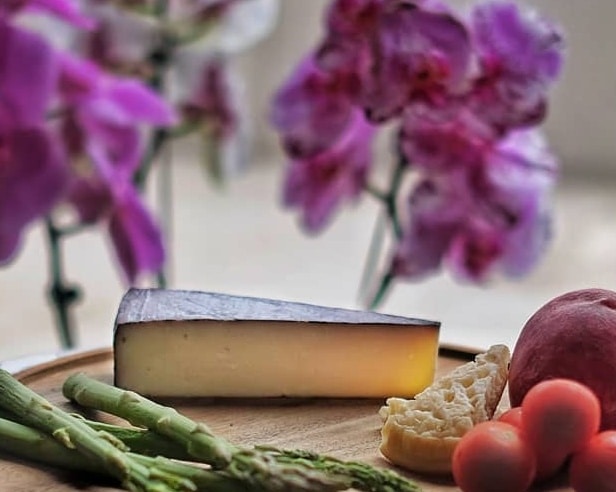Tulum Peyniri is a very unusual type of cheese that is gaining popularity in the culinary world. It is a traditional cheese that has been produced for centuries in Turkey. This unique cheese has a distinctive flavour and texture that has been enjoyed by locals and tourists alike. Read on to learn more about this Turkish gem.
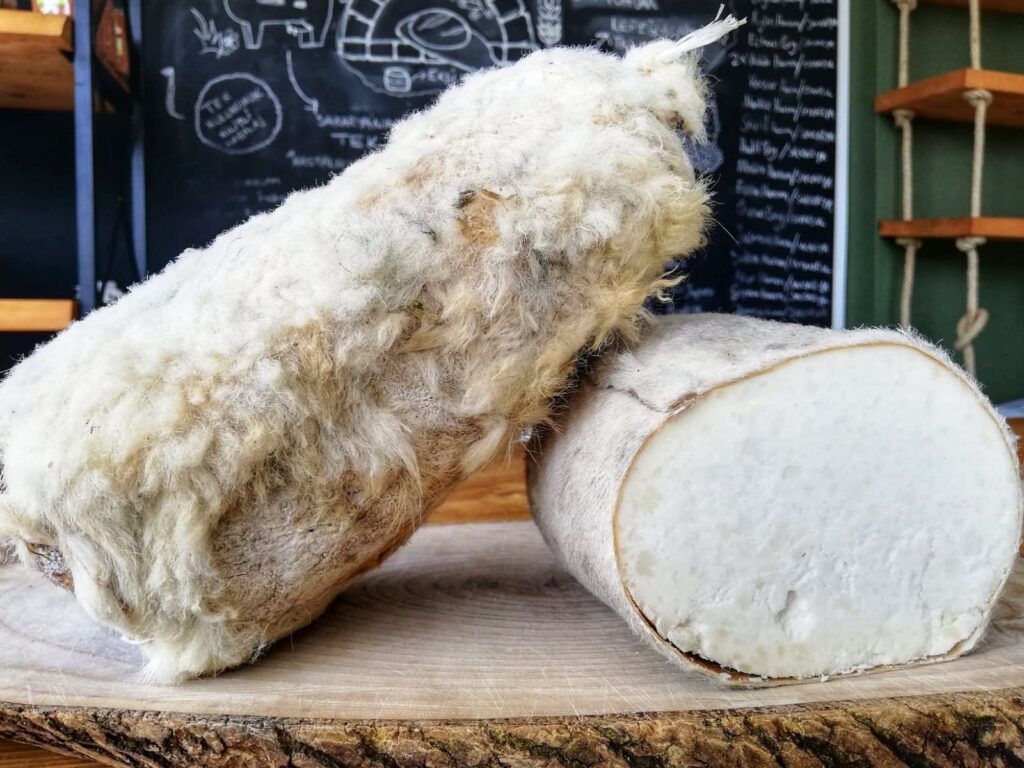
What is Tulum Peyniri?
Tulum Peyniri originated in Turkey, specifically in the province of Erzincan. It is believed that the cheese has been produced in this region for over a thousand years. Locals use either cow, goat or sheep milk to make this cheese and age it in goat skin bags called tulum.
Actually, this Turkish cheese has a rich history that dates back to the Ottoman Empire. It was a popular cheese among the Ottoman aristocracy and was often served at royal banquets. Over time, the cheese became more widely available and was enjoyed by people from all walks of life.
Presently, Tulum Peyniri is primarily produced in the province of Erzincan, which is located in eastern Turkey. The region is known for its rugged terrain and harsh climate, which makes it ideal for sheep farming. The sheep in this region graze on wild herbs and grasses, which gives the milk a unique flavour.
How is Tulum Peyniri made?
Today, there are many small-scale producers in Turkey. Some of the most well-known producers include Hacı Dayı, Çağlayanlar and Özcanlar. Traditionally, the locals used raw cow or sheep milk. But in more modern times, you might find versions that are made with pasteurised cow, goat or sheep milk. And that are aged in metal tins instead of animal hide.
After fermenting the fresh milk, the cheesemaker strains it through a cheese cloth to separate the whey from the curds. Afterwards, they rest the young cheese for one night before transferring it to a copper vessel. At this stage, they crumble the cheese and add dry salt. It is then pressed and allowed to drain for a further 10 days.
And this is when the magic begins. The formed young cheese is moved into a goat skin that has been specially cleaned and treated. It is pressed into the skin, filling it compactly. And the opening of the skin is then sewn shut.
Texture, aroma & flavour
Maturation takes place at high altitudes and humidity. And can last for up to three months. At this age, Tulum develops a beautiful crumbly texture and a delicious complex flavour.
Tulum Peyniri has a sharp, tangy flavour that is similar to Feta. However, it has a crumbly texture and is quite dry compared to other types of cheese. Moreover, this cheese has a strong aroma that is earthy and slightly sour.
Serving guide
Undoubtedly, this is a very versatile cheese that pairs well with many different foods. Locals often serve it as part of a meze platter alongside olives, tomatoes and other Mediterranean-style dishes.
Tulum excels as a table cheese but can also be used in cooking. Some great recipes showcasing this cheese include börek, pides and pesto sauce. Furthermore, it also pairs well with roasted vegetables, grilled meats and salads.
Alternatives to Tulum Peyniri
If you are looking for alternatives to Tulum Peyniri, there are several options to consider.
- Feta Cheese is a similar cheese that is widely available and can be used as a substitute in many recipes.
- Halloumi is another option that has a softer texture and is often used in Mediterranean cuisine.
- Finally, young Chèvre is a tangy and crumbly cheese that can be used in place of Tulum Peyniri in many dishes.
Summary
Tulum Peyniri is a unique and flavourful cheese that has a rich history and tradition in Turkey. Its distinctive flavour and texture make it a popular choice for many different types of dishes. Whether you are looking to add some Mediterranean flair to your cooking or simply want to try something new, this is a spectacular option to explore!
